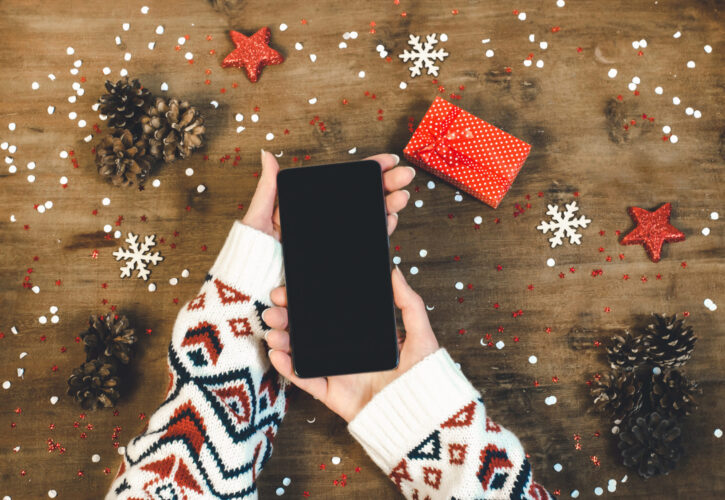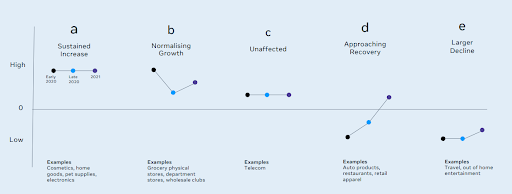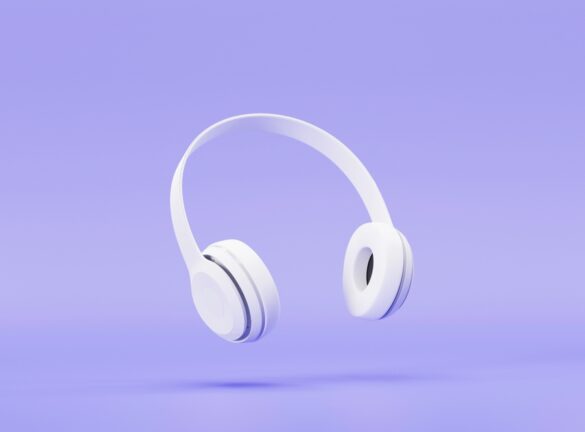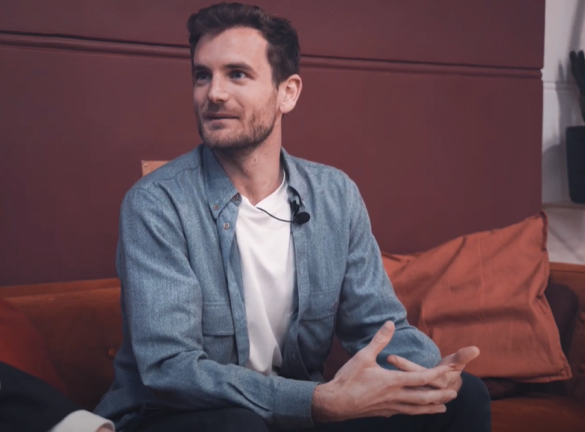
Boxing Day & Beyond – Consumer Trends and Implications for Marketers for the Post-Christmas Period
The ‘cancelled’ Christmas last year left a hollow feeling, but with increasing vaccination efforts and continuous scientific progress, people are feeling more optimistic for 2022, even with the rise of the Omicron variant. This year we have seen consumers shopping earlier for the holidays due to fears of supply shortage and in anticipation of a well-deserved reunion (Think with Google). The impact of Covid on consumer behaviour continues to take twists and turns, especially for industries like home goods, cosmetics, and electronics.

Source: McKinsey & Company Survey 2021. Consumer sentiment and behaviours during the coronavirus crisis.
The shopping shift towards omnichannel purchase journeys that emerged during the start of the pandemic looks like it’s here to stay, but what else can we expect from the coming months?
The desire to shop is set to stay high, even after Christmas
Christmas is the biggest gift-giving period of the year, and the post-Christmas period sees a surge in gift returns and voucher spends. A recent report from Facebook finds that consumers’ purchase intent will continue into the new year and people will be spending their gift cards and vouchers from returned Christmas gifts. Due to a continued impact from job losses and uncertainties during the pandemic, price is an important consideration in consumers’ minds (McKinsey & Company Survey). Purchase intent may be high, but they’re also looking for sales or discounted items.

Source: Google Trends Report. Search Term: gift return, Dec 2020 – Jan 2021.
Rise in app downloads due to new devices coming online.
We also expect to see a high volume of app downloads after Christmas as people are gifted new devices or upgrade their old ones. A high percentage of apps downloaded are in the entertainment and tools categories, but a notable volume also comes from lifestyle, health and fitness (Facebook Meta Insights 2021). This could result from the strong desire for lifestyle changes that comes every beginning of a new year (The Ozone Project).

Source: App Annie, Downloads Change 2019-2020.
Time spent on social networks increases during the holidays.
People typically have more time to spend on social media in the post-Christmas lull and are likely to want to share their festive celebrations with the world. They are also likely to discover new brands and purchase items through social A report by Facebook finds that social commerce usage has grown by 40% over the year, and it’s soon to catch up with retail websites (Facebook Meta Insights). Consumers are finding brands they love on social media and they’re expecting more shoppable content from those brands (Think With Google).

Source: Industry Micro-Shifts monthly tracker by Kantar Profiles. Actions taken in the pandemic.
Shifts to online shopping, hybrid work, and ordering groceries online are just a few examples of lifestyle changes we made during Covid. Usage of social media, digital workouts, and online games accelerated greatly in the past three months, with gen Z and millennials showing the most dramatic shifts. A McKinsey & Company survey reports that one in four people have returned to routines before the pandemic, while the rest expect it to happen much later.
How can brands adapt to these behavioural changes?
- Be prepared for supply chain disruptions. Labour shortages, inflation, and country-specific restrictions will continue to disrupt businesses. More consumer demand after Christmas means more burden on the supply chain. To navigate this, brands can reflect their stock availability and delivery time estimation on ecommerce networks to drive brand satisfaction and long-term loyalty.
- Get in front of high-intent app users through ads. People are most likely to download new apps when they get a new device, so the post-Christmas period is a huge opportunity for app businesses to drive downloads by using Apple Search Ads or Google App Ads.
- Increase brand communications on social media. Brands can use this opportunity to highlight brand offerings and engage customers with shoppable content. Lifestyle/wellness brands could also use this chance to introduce new habits.
- Enhance customer experience online. For some industries, the shift to online has proved itself to be permanent. People expect both in-store and online options, so brands should continue improving experience across every touchpoint, especially digital.
With continuing uncertainties around new restrictions, the future remains unpredictable. Brands should treat the coming weeks as a period of close observation and adapt to new changes as they happen. Gathering customer insights and creating a controlled test plan for new campaigns can help inform better strategies and drive better results.
Sources:
Facebook Meta Insights 2021. Driving Q1 Growth.
Think with Google. 3 early holiday shopping trends for the 2021 festive season. https://www.thinkwithgoogle.com/intl/en-gb/consumer-insights/consumer-trends/festive-season-retail-holiday-shopping/
McKinsey & Company Survey: UK Consumer sentiments during coronavirus crisis. https://www.mckinsey.com/business-functions/marketing-and-sales/our-insights/survey-uk-consumer-sentiment-during-the-coronavirus-crisis
The Ozone Project 2021. www.ozoneproject.com/blog/medical-health-surges-on-omicron-fears-we-12th-dec






